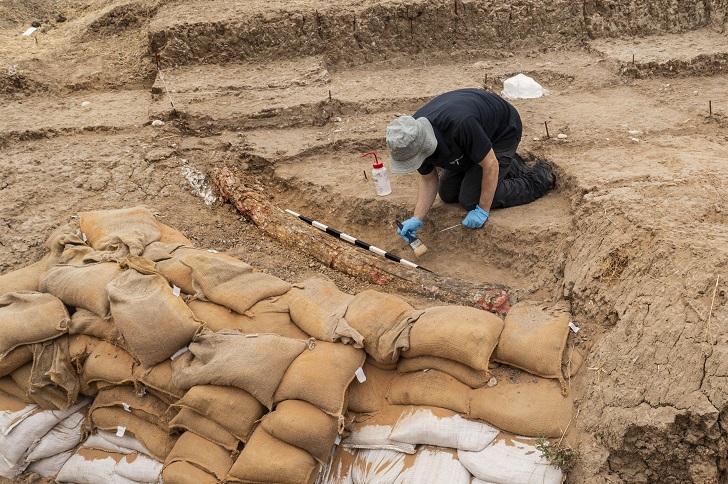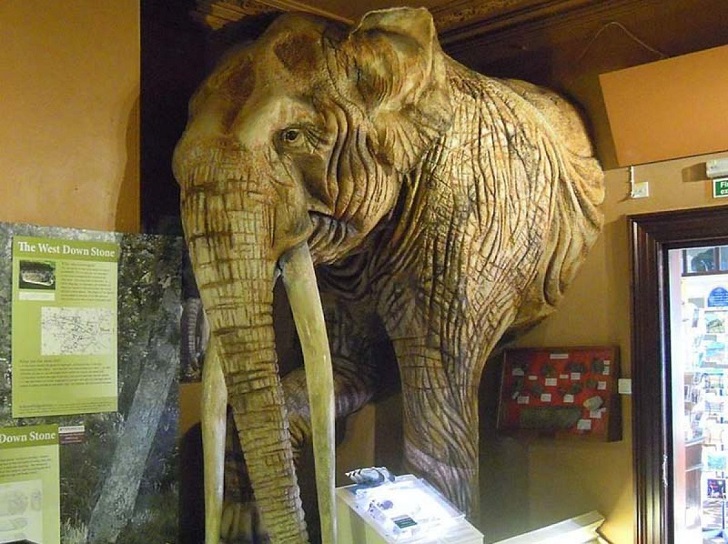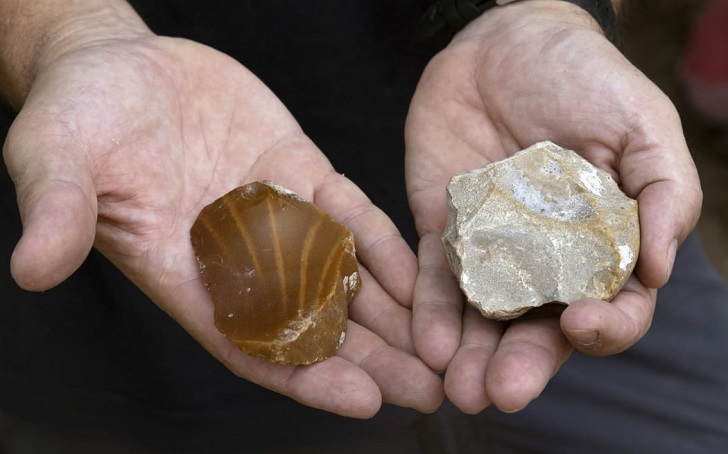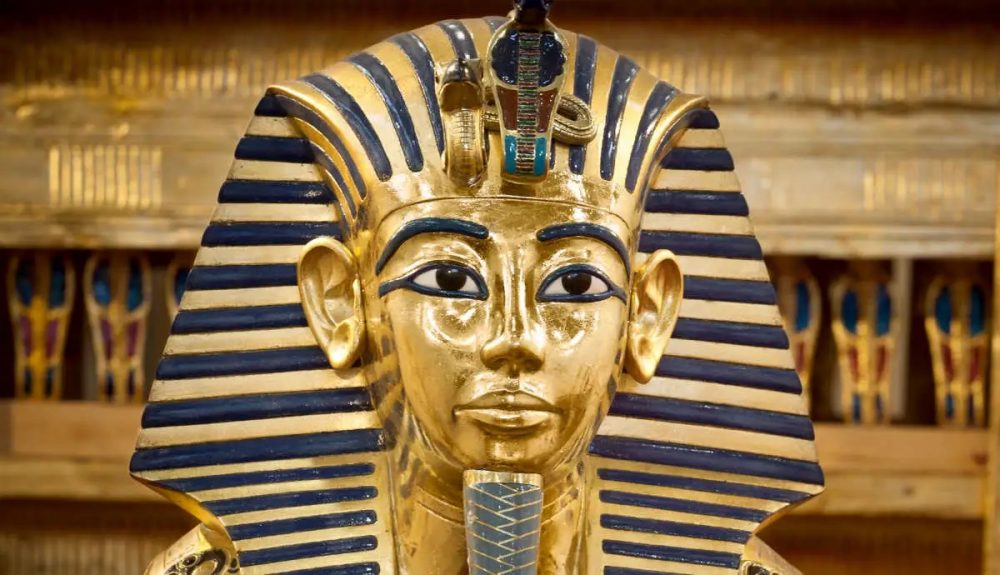Archeological discoveries can provide us with remarkable insights into the history and evolution of our world. In a recent excavation in southern Israel, an astonishing find has captured the attention of researchers and history enthusiasts alike: the discovery of an ancient elephant tusk.
This remarkable artifact offers a fascinating glimpse into the region's rich natural and cultural heritage, shedding light on the environment and human activities of the past.
The Unearthed Elephant Tusk
The excavation, led by a team of archeologists from the Israel Antiquities Authority, uncovered the nearly complete tusk of an elephant belonging to a long-extinct species. Radiocarbon dating indicates that the tusk dates back around 400,000 years, placing it in the Middle Pleistocene period. Measuring over 2 meters long, the tusk is a substantial find, providing a rare opportunity to study the ancient fauna that once roamed the region.

BUSE KESKIN/ AP | The 2.5-meter-long tusk from the ancient straight-tusked elephant (Palaeoloxodon antiquus) is estimated to be around half a million years old
Insights Into Ancient Wildlife
Elephant remains in southern Israel indicate that the area was once home to diverse and thriving ecosystems. During the Middle Pleistocene, large mammals such as elephants, hippopotamuses, and various carnivores inhabited the region, starkly contrasting the arid landscapes we see today.
The discovery of this tusk not only highlights the presence of ancient elephants but also presents an opportunity to understand the past's environmental conditions and climate patterns.
Environmental Reconstruction
Researchers are now conducting detailed studies on the tusk to gain further insights into the ancient environment of southern Israel. The tusk's growth rings, similar to those found in trees, can provide information about the elephant's age, growth patterns, and even seasonal variations in its diet.
Scientists can reconstruct ancient vegetation and water sources by analyzing isotopes within the tusk, shedding light on the ecological conditions that sustained these magnificent creatures.

BUSE KESKIN/ AP | The now-extinct species was part of the rich fauna of the area
Human-Elephant Interaction
While this discovery focuses primarily on the ancient fauna, it also opens a window into the interactions between early humans and elephants. Throughout history, elephants have held significant cultural and practical value for human societies.
The presence of elephant remains suggests that early humans in the region may have encountered these majestic creatures and potentially exploited them as a resource for food, tools, or other purposes. Studying these interactions can provide valuable insights into our ancestors' behavior, adaptations, and survival strategies.
Cultural Significance
Beyond the scientific implications, this discovery holds cultural significance for the region. It reminds us of the rich and diverse history of modern-day Israel. The presence of ancient elephants, alongside other archeological findings, underscores the importance of preserving and studying these sites, allowing us to piece together the complex tapestry of human civilization.

BUSE KESKIN/ AP | This is the largest complete fossil tusk ever found at a prehistoric site in Israel
Preservation and Future Research
The unearthing of the elephant tusk underscores the critical importance of preserving archeological sites. These sites are precious time capsules that enable us to delve into the past and understand our shared heritage.
As researchers continue to explore the region, it is crucial to employ sustainable excavation practices and promote public awareness of the significance of these discoveries. Additionally, further research and analysis of the tusk, such as DNA studies, can unlock even more valuable information about the ancient elephant species and its relation to other populations across the globe.




